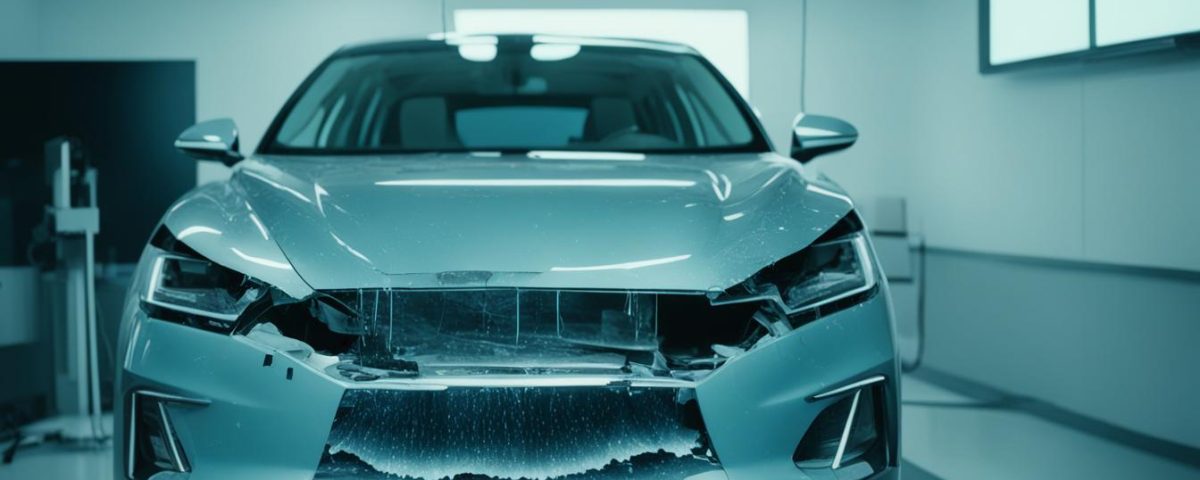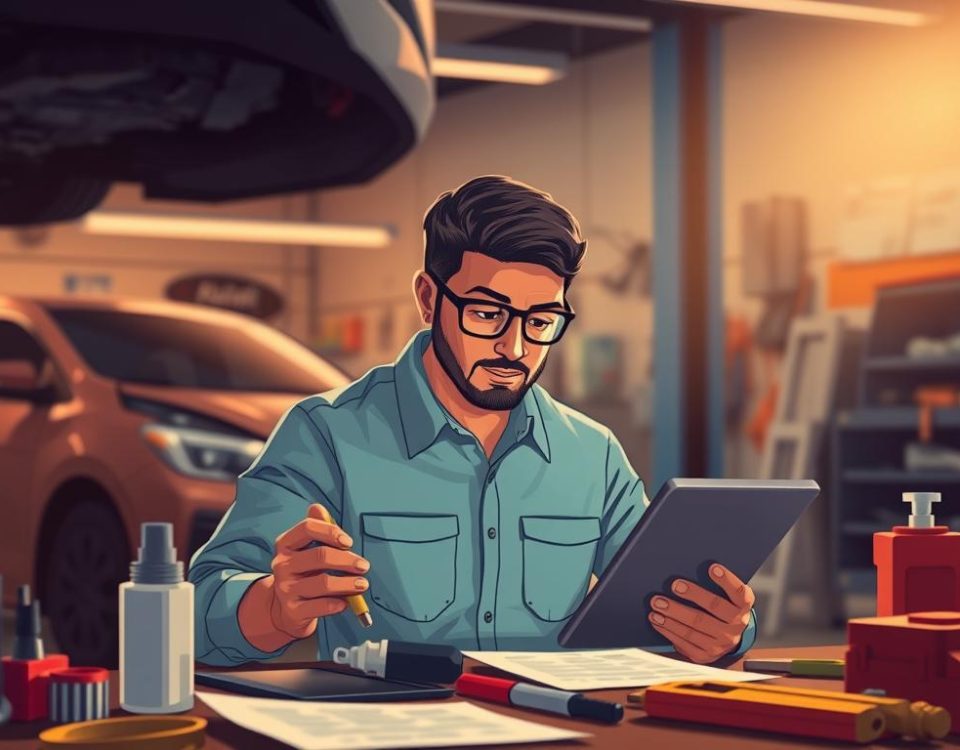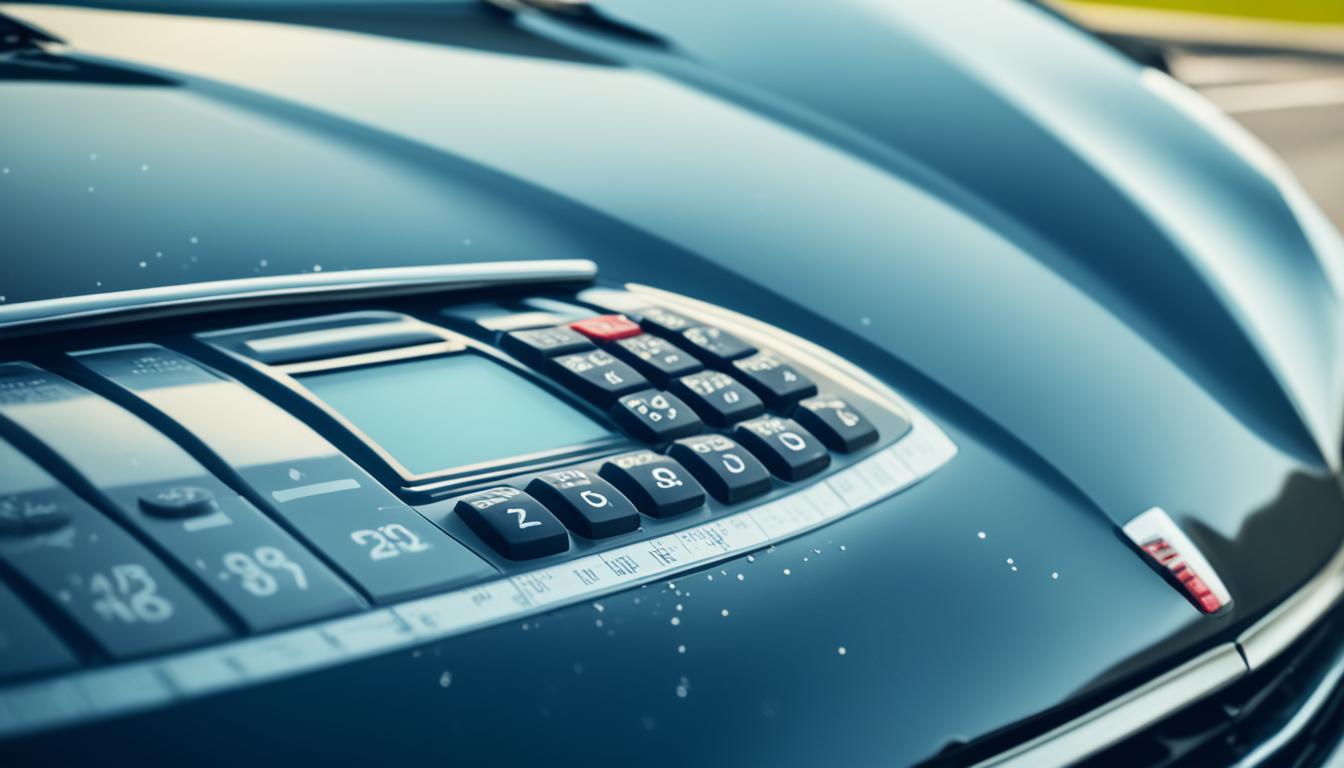
Understanding the Collision Repair Deductible: Tips and Discounts
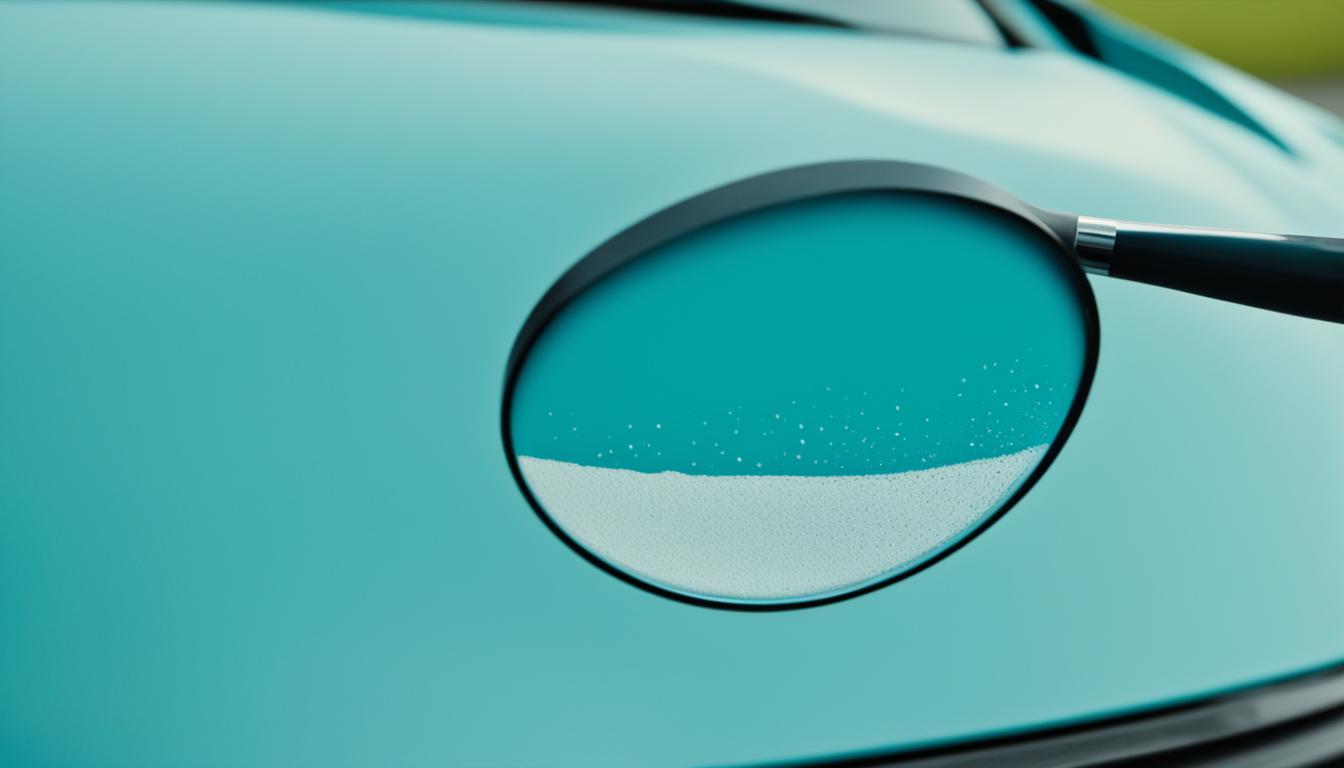
How to Spot Poor Quality Collision Repairs
Technology has changed how we fix cars after accidents. It has brought in new tools that make repair work better and faster. Now, repair shops use high-tech software to tackle the complex parts of today’s cars. These shops must keep up with new tech to stay in business.
Key Takeaways:
- Technology has significantly impacted the collision repair industry, shaping repair processes.
- Software solutions have improved efficiency and streamlined operations for repair shops.
- Complex modern vehicles have led to increased repair costs and the need for specialized knowledge.
- Advanced driver assistance systems (ADAS) have reduced the demand for repairs.
- Staying up-to-date with the latest collision repair technologies is crucial for success in the industry.
How Technology Impacts Collision Repair Efficiency
Technology has changed how collision repair shops work. Now, they can be much more efficient using special software. These new tools help them run better and save time.
Now, repair shops use software to track how well they’re doing. This means they can look closely at what they’re doing right or wrong. By seeing where they can improve, these shops can fix their processes and work better. This saves time and money.
There’s also a cool thing called status websites. These let customers see how their repair is going without calling or visiting. It makes customers happier and lets workers spend more time fixing cars. Status websites make things easier and more transparent for everyone involved.
Thanks to software and status websites, repair shops are better than ever. They can work more efficiently and keep their customers happy. This makes the industry better as a whole, setting a new standard of excellence.
Streamlining Operations with Management Systems
- Software solutions provide valuable data and organization
- Enhanced monitoring of performance metrics
- Identifying areas for process improvements
Improving Customer Experience with Status Websites
- Real-time updates for customers
- Reduces the need for frequent communication
- Enhances transparency and accountability
The Cost Factors in Modern Vehicle Repairs
Today, vehicles are packed with advanced tech and smart systems. These boost repair costs. Shops that fix crashes are working hard to keep up with these rising prices.
The high-tech nature of cars today makes fixing them more expensive. They have sensors, cameras, and advanced safety features. Fixing or replacing these parts needs more work and time.
Also, the parts for modern cars are costly. They are special and have the latest technology. This means overall repair prices are going up.
CCC Intelligent Solutions says repair costs are going up by two to three percent each year. This is because cars keep getting more advanced. And that makes fixing them more complicated and pricey.
Shops that fix crashed cars need to be on top of the latest. They should have the best tools and skills. They work closely with car makers to know how to repair these advanced vehicles.

Advancements and Trends in Collision Repair Technology
The collision repair industry leads the way in new tech that changes everything. It’s not just about fixing cars better. It’s also about how tech helps technicians see damage, handle EV repairs, and teach the next pros.
The Power of Artificial Intelligence
Artificial intelligence (AI) is shaking up the way we repair cars. AI helps technicians look at damage and suggest repairs more accurately. By looking at a lot of info like images and past repairs, AI gives clear advice for fixing cars. This speeds up the repair process and makes it more efficient.
Embracing Electric Vehicles
The move to more sustainable travel means we see more electric vehicles (EVs) on the road. For repair shops, this means learning new skills and using new tools. Repairing EVs needs special knowledge and equipment because they run on high voltage. It’s essential for repair pros to keep learning about the latest EV repair ways.
Virtual Reality Training for the Future
Using virtual reality (VR) for training is changing how we teach repairwork. VR makes learning hands-on, even when it’s all in a simulated world. Repair hopefuls get to see and test out real-world repair jobs. This makes them better at fixing cars and understanding how complex systems work. VR also helps save money and time, making sure we have skilled workers in the future.
To sum up, the collision repair world boosts with AI, EV tech, and VR training. These tools and methods help repair techs do their jobs better. It keeps them sharp in a field that’s always changing.
Innovations Driving Sustainability and Cybersecurity
The collision repair field is going green and protecting the planet. We use eco-friendly methods, like water-based paints, to cut down on pollution. This helps us lower our carbon footprint and move towards a cleaner future.
Cybersecurity is also critical for us. As cars get more tech, we work hard to keep vehicle software safe from cyber threats. Our goal is to protect customers’ data and keep their information private.
We know people want easy and flexible repair options. So, we now offer mobile repair services. Our team can fix small damages where the customer is, saving them time and making the process easier.
3D printing is changing how we repair cars, too. It lets us make custom parts quickly, saving time and money. This advanced tech ensures repairs are done fast and accurately.
The Advantages of Sustainable Collision Repair:
- Reduced emissions through the use of water-based paints
- Environmentally friendly disposal and recycling of parts
- Energy-efficient technologies to minimize resource consumption
Ensuring Cybersecurity in Collision Repair:
- Implementing robust cybersecurity measures to protect vehicle software
- Regularly updating and patching vehicle systems to guard against potential threats
- Collaborating with industry experts to stay informed about emerging cybersecurity risks and best practices
We’re focused on being green, cyber secure, and easy to reach. Our 3D printing tech speeds up repairs and cuts costs. This way, we give top-quality service while caring for the planet and ensuring safety.
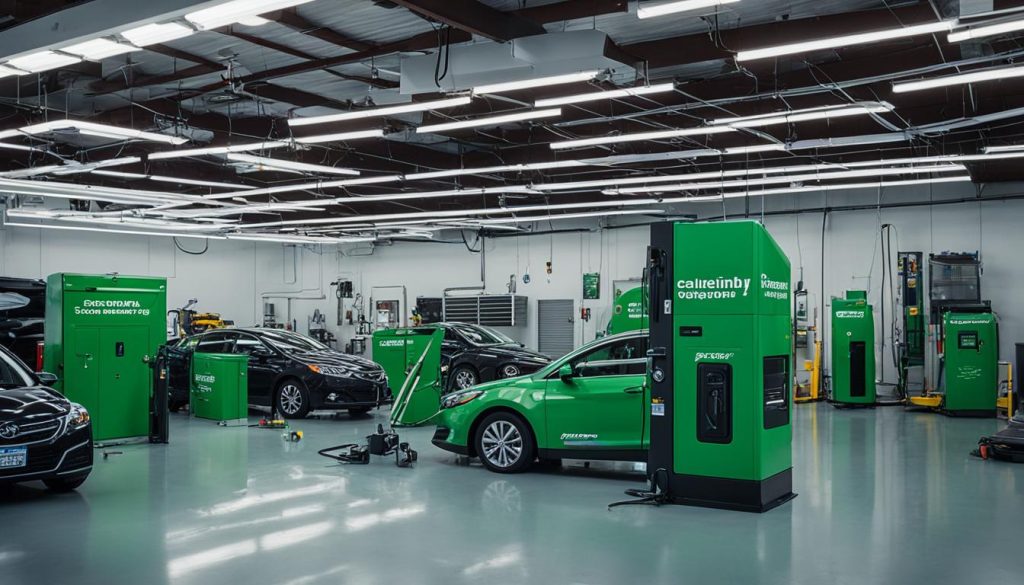
Enhancing the Customer Experience and Applying Telematics
The collision repair industry is changing because of digitalization. Now, customers get a better experience with digital tools. These tools make the repair process easier, more open, and satisfying for everyone.
Online Estimates and Real-Time Updates
Online estimates are a big plus of going digital. Customers describe their car’s damage online and get a cost estimate. No need to visit in person. This saves time and makes things simpler for customers.
Customers also get real-time updates on their repairs. They don’t have to wait for calls or visits to know how things are going. They can just log in and see for themselves. This clear communication builds trust and reduces worry, making the experience better for customers.
Digital Walkthroughs of Repairs
With digital tools, customers can take a virtual walkthrough of their car’s repairs. They see images, videos, or 3D models that show the damage and the fix. This kind of tech makes communication between the shop and the customer clearer. It reduces confusion and makes everyone understand better.
Insurance Telematics and Streamlined Claims
Insurance telematics have made repair work more streamlined. Devices in cars can check how bad the damage is after a crash. They then send this info straight to the insurance. This makes the claim process faster for customers. Repair shops can now solely focus on fixing the car, while insurance gets updated real-time. It means quicker fix times and happier customers.
In the end, the use of digital tools is changing how we deal with car damage. Things like online quotes, quick updates, digital tours, and insurance tech are making repair services better. From how open it is to how easy and quick everything happens, it’s all for the customers. Repair shops are putting customers first with these tools.
Conclusion
The collision repair business is always changing, thanks to new technologies and trends. With technology marching forward, what customers need in car repairs also changes. Repair shops must keep learning and changing how they work. They use new software and tools to work more efficiently. They also face new challenges, like fixing electric cars and vehicles that help drivers.
Staying current helps repair shops do a better job and keeps customers happy. Because cars are getting more complex, fixing them costs more. So, it’s important for these shops to keep their edge in the market. They must offer top-notch service without cutting corners in quality.
By learning about new technologies, repair shops can do well and keep customers satisfied. As the car repair world keeps getting more complicated, ongoing education is key. It helps shops stay ahead and offer the best service. This makes customers trust them more for their car repair needs.


